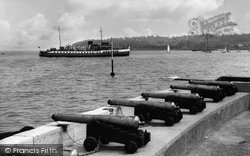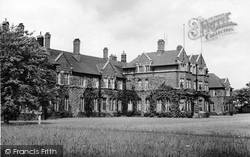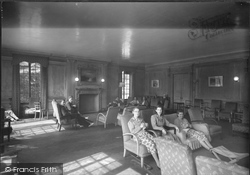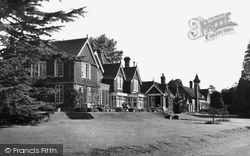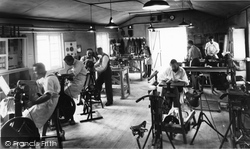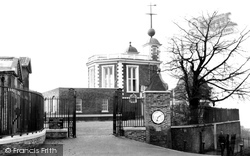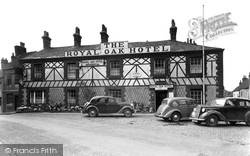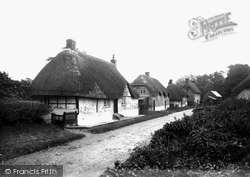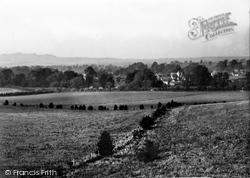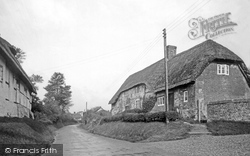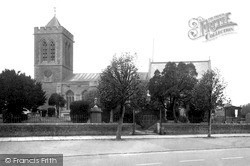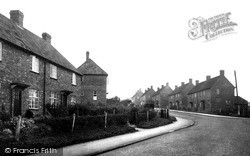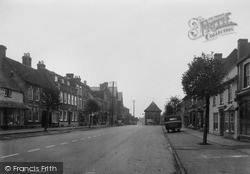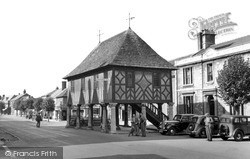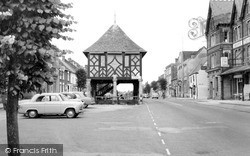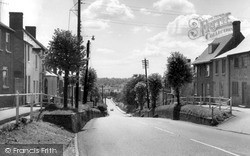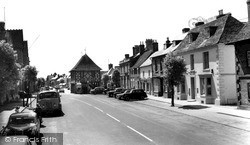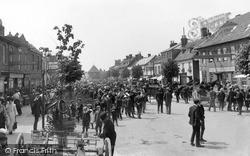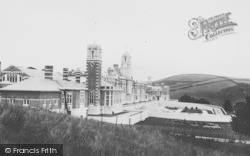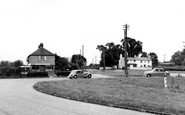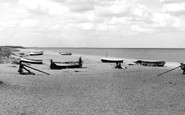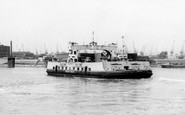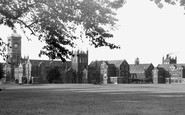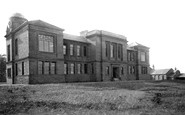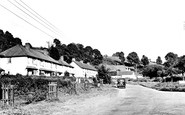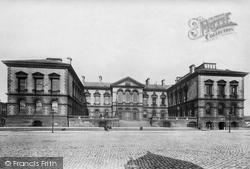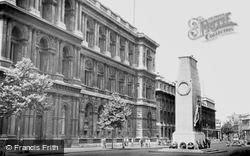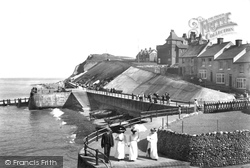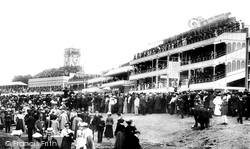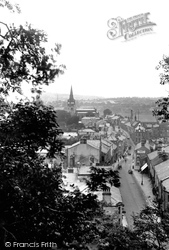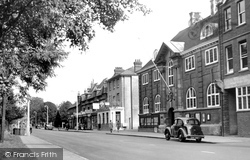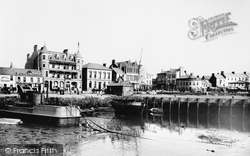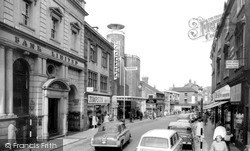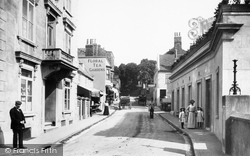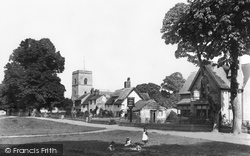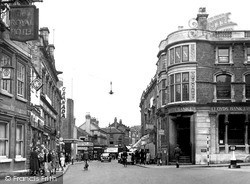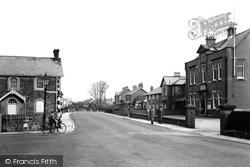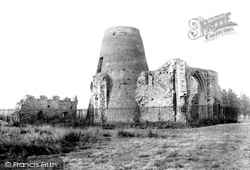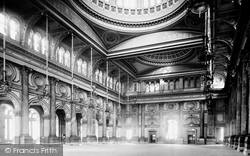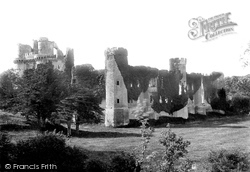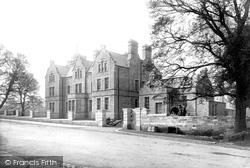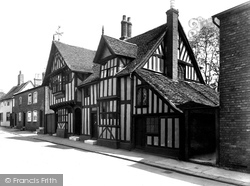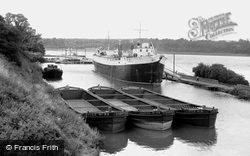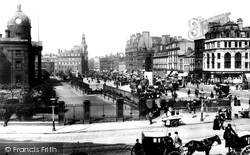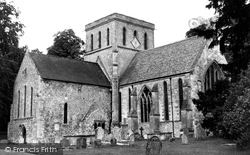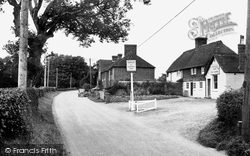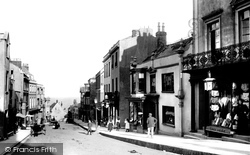Places
32 places found.
Those places high-lighted have photos. All locations may have maps, books and memories.
- Royal Wootton Bassett, Wiltshire
- Kensington, Middlesex
- Chelsea, Middlesex
- Sloane Square, Middlesex
- Kensal Town, Middlesex
- Farnham Royal, Buckinghamshire
- Easton Royal, Wiltshire
- Hook Green, Kent (near Royal Tunbridge Wells)
- Tollard Royal, Wiltshire
- Studley Royal, Yorkshire
- Notting Hill, Middlesex
- Royal's Green, Cheshire
- Manor Royal, Sussex
- Mancot Royal, Clwyd
- Park Royal, Greater London
- Royal Oak, Durham
- Royal Oak, Lancashire
- Royal Oak, Yorkshire
- Royal British Legion Village, Kent
- Preston, Wiltshire (near Royal Wootton Bassett)
- Hawkenbury, Kent (near Royal Tunbridge Wells)
- Stone Cross, Kent (near Royal Tunbridge Wells)
- Lower Green, Kent (near Royal Tunbridge Wells)
- Green Hill, Wiltshire (near Royal Wootton Bassett)
- St John's, Kent (near Royal Tunbridge Wells)
- Lower Green, Kent (near Royal Tunbridge Wells)
- The Common, Wiltshire (near Royal Wootton Bassett)
- Park Corner, Sussex (near Royal Tunbridge Wells)
- West Kilburn, Middlesex
- Knightsbridge, Middlesex
- South Kensington, Middlesex
- North Kensington, Middlesex
Photos
1,180 photos found. Showing results 661 to 680.
Maps
158 maps found.
Books
Sorry, no books were found that related to your search.
Memories
992 memories found. Showing results 331 to 340.
Camping On The Benthills
I too, as others, have many fond memories of holidays in Sizewell. During summer school holidays I travelled from Scotland to London to be with my grandparents. They were well connected with Sizewell and would take me ...Read more
A memory of Sizewell in 1953 by
A Day Out To Woolwich
During the early years after the Second World War my mother would take me to Woolwich as a special treat. I was about 8 year old then. We would catch the 696 trolleybus from Dartford market and arrive at the Woolwich Arsenal ...Read more
A memory of Woolwich in 1952 by
Masonic School Memoriy From 1951 54
I went to the Royal Masonic Senior School from 1951 to 1954. The school Cadet Force, 1st Cadet Battalion London Rifle Brigade was quite a force to be reconed with. I for one have strong memory having been in ...Read more
A memory of Bushey in 1951 by
Irvine Royal Academy
In relation to Margaret's memory of 'crossing the moor', we did the same! I have various memories of gym periods in embarrassing shorts, running around on 'the moor', with the boys from the 'new' Ravenspark School (now Irvine) ...Read more
A memory of Irvine in 1970 by
My House My Home
This is Southcombe Terrace, Axmouth. 6-13 Southcombe Terrace was designed by the architect Frederick Kett and built by Bert Warren around 1937/8 for the Stedcombe Estate. My parents, Rock and Olive Real, then in their mid ...Read more
A memory of Axmouth in 1955 by
The Flood
Teresa Clarke's memory reminded me of the flooding of Jan. 1953. I was 9 years old and living in Gwynne Road with my folks. We were boarding at No 44, owned by Mr and Mrs. Carr. They played Crib and he polished the brass in the ...Read more
A memory of Dovercourt in 1953 by
Kay Key Moss Farm Witherslack
My great-great-great-grandfather JOSEPH FLETCHER Esq lived at Kay Moss Farm (as it was called then), now known as Key Moss. He is buried along with 3 of his children who died young and 1 daughter Ellen at St ...Read more
A memory of Witherslack in 1870
The Roundway I Remember
In 1954 Roundway was the site of the Royal Army Pay Corps Training Centre. Nothing now remains of this except a plaque erected by the local council to commemorate the fact that thousands of young men conscripted for ...Read more
A memory of Roundway in 1954 by
A Sharp Reminder Of My Schooldays
Saturday, 20 February 2010 A sharp reminder of my schooldays. I attended Bradley Street, Church of England Primary and Junior school, Uttoxeter. Some teachers, remain in your memory, others disappear. I ...Read more
A memory of Uttoxeter by
Captions
973 captions found. Showing results 793 to 816.
The cobblestones held listeners in their thousands, while the Royal Irish Constabulary watched for feelings becoming dangerous.
Once the site of a rambling royal palace largely burned down in the 1690s, the road gradually acquired government offices and the home of the prime minister in Downing Street - its entrance
The flag poles on the hill were used for gale warnings, signals for ships and flags for special occasions such as Royal birthdays.
Members of the Royal Family still drive through Windsor Great Park to attend race meetings at Ascot.
Church Street leads to the large parish church of St Mary Magdalene; its 15th-century tower is topped by a twisted spire, which was added in 1846.The Swan & Royal Hotel stands out on the right of
On the north side are the grounds of the Royal Military Academy, Sandhurst, which are mostly in Berkshire; but its Greek Doric gate lodges front London Road.
The Grand was almost brand-new, and the Royal was rebuilding. Another recent pile was Pim's Stores, ready to cater for the same clients. The Stag's Head ranked as a public house, but took visitors.
The Midland Bank is prominent on the left, facing the National Westminster and Barclays, which was a few steps from Lloyds' palatial building opposite the Royal Hotel.
Later, Mr Cramp received the Royal Appointment of Purveyor of Essence of Shrimps in Ordinary to Her Majesty the Queen.
This was a former royal manor granted by Henry I to his cousin Richard de Redvers in 1100, who raised the first castle on the site, building a motte 27ft high.
Once a royal manor, until Henry II gave it to the Courtenays, the village of Sutton Courtenay has several notable buildings.
The Royal Hotel on the left was built in 1878, while the banks are among the grandest buildings of that confident era. These survive today.
The first clerk was John Noble, who was also clerk to the Gas Company, agent for the Royal Insurance Company for School Attendance, and partner in the coal merchants Noble & Alston.
The ruins make it hard to believe in its history of royal visits; on one of these, the mayor of Norwich arrived with a hundred citizens to present a petition to the king's mother in 1469.
The floor of the Royal Exchange was the scene of frantic activity on Tuesdays and Fridays, when at the hour of High Exchange anything up to 6000 men would gather here and shout at one another.
It was built in the 1440s after Sir Roger Fiennes was granted a royal licence to crenellate (that is, build a battlemented house) using locally- made brick, and it is now a beautiful mellow red.
On the left edge is the Royal Norfolk Hotel, rebuilt here in 1826 after the earlier one burnt down.
The Royal Lancaster Infirmary is pictured in the year this building was opened by the Duke and Duchess of Gloucester, later to be George V and Queen Mary.
The Royal Arms of James I above a ground-floor fireplace may indicate its continuing official use into the 17th century.
Perhaps the most unusual ships to ply the 16 miles from the Severn Estuary to Britain's most inland port were two Royal Navy submarines that arrived in Gloucester as part of a recruitment drive
Horse-drawn ambulances, taxi cabs, flat wagons, and even a horse bus were used to convey the patients down to the new Royal Infirmary on Oxford Road.
Royal and noble ladies favoured the priory in the 13th and 14th centuries, when about 100 nuns and a few chaplains and clerks inhabited the priory.
Its name is rather apt, as the village is just a couple of miles south of Wakehurst, an extensive estate under the care of the National Trust, and also the outpost of the Royal Botanical Gardens
Buildings opposite include No 52, Ye Olde Tobacco Shoppe, and what is now Turles Bistro uphill from the Royal Lion Hotel.
Places (32)
Photos (1180)
Memories (992)
Books (0)
Maps (158)


